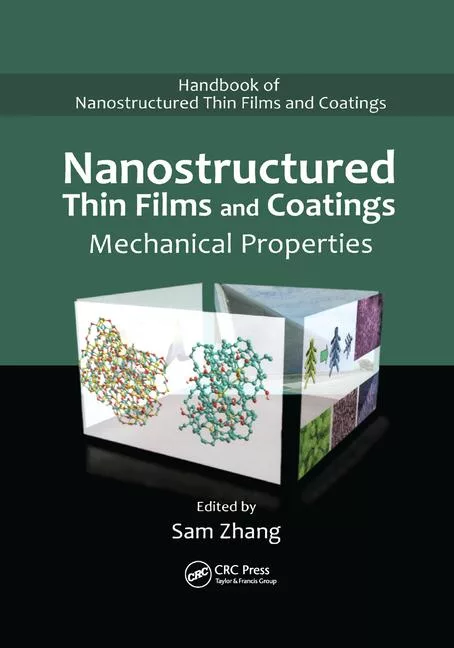Caltech Researchers Develop Nanoscale Structures
PASADENA, CA - Researchers at the California Institute of Technology (Caltech) have developed a way to make some notoriously brittle materials ductile, and yet stronger than ever, simply by reducing their size.
The work, by Dongchan Jang, Senior Postdoctoral Scholar, and Julia R. Greer, Assistant Professor of Materials Science and Mechanics at Caltech, could eventually lead to the development of innovative, super-strong, yet light and damage-tolerant materials. These new materials could be used as components in structural applications, such as in lightweight aerospace vehicles that last longer under extreme environmental conditions and in naval vessels that are resistant to corrosion and wear.
A paper about the work appears in the February 7 advance online edition of the journal Nature Materials.
"Historically, structural materials have always had to rely on their processing conditions and thereby have been 'slaves' to their properties," said Greer. For example, ceramics are very strong, which makes them great for structural applications. At the same time, these materials are very heavy, which is problematic for many applications; and they are extremely brittle, which is less than ideal for supporting heavy loads. In fact, said Greer, "They fail catastrophically under mechanical loads." Metals and alloys, on the other hand, are ductile and therefore unlikely to shatter, but they lack the strength of ceramics.
Materials scientists have developed an intriguing class of materials called glassy metallic alloys, which are amorphous and lack the crystalline structure of traditional metals. The materials, also known as metallic glasses, are composed of random arrangements of metallic elements like zirconium, titanium, copper and nickel. They are lightweight, which offers a huge advantage for their incorporation into new types of devices, said Greer. Yet, they are comparable in strength to ceramics. Unfortunately, their random structure makes metallic glasses quite brittle. "They also fail catastrophically under tensile loads," said Greer.
But now Greer and Jang, the first author on the Nature Materials paper, have developed a strategy to overcome these obstacles by making metallic glasses that are almost vanishingly small.
The scientists devised a process to make zirconium-rich metallic glass pillars that are just 100 nanometers in diameter, roughly 400 times narrower than the width of a human hair. At this size, Greer said, "The metallic glasses become not only even stronger, but also ductile, which means they can be deformed to a certain elongation without breaking.”
As yet, there are no immediate applications for the new materials, although it may be possible to combine the nanopillars into arrays, which could then form the building blocks of larger hierarchical structures with the strength and ductility of the smaller objects.
The work, “convincingly shows that 'size' can be successfully used as a design parameter," said Greer. "We are entering a new era in materials science, where structural materials can be created not only by utilizing monolith structures, like ceramics and metals, but also by introducing 'architectural' features into them."
For example, Greer is working toward fabricating a brick-and-mortar architecture using tiny plates of a metallic glass and ultrafine-grained ductile metal with nanoscale dimensions that could then be used to fabricate new engineering composites with amplified strength and ductility.
To use this architecture-driven approach to create structural materials with enhanced properties, that are, for example, super strong, yet light and ductile, researchers must understand how each constituent part deforms during use and under stress.
"Our findings provide a powerful foundation for utilizing nanoscale components, which are capable of sustaining very high loads without exhibiting catastrophic failure, in bulk-scale structural applications specifically by incorporating architectural and microstructural control," said Greer.
"The particularly cool aspect of the experiment is that it is nearly impossible to do! Dongchan, my amazing postdoc, was able to make individual 100-nanometer-diameter tensile metallic glass nanopillar samples, which no one had ever done before, and then used our custom-built in situ mechanical deformation instrument, SEMentor, to perform the experiments. He fabricated the samples, tested them, and analyzed the data. Together we were able to interpret the results and to formulate the phenomenological theory, but the credit goes all to him."
The work in the Nature Materials paper, "Transition from a strong-yet-brittle to a stronger-and-ductile state by size reduction of metallic glasses," was funded by the National Science Foundation and the Office of Naval Research. It utilized the fabrication and characterization facilities of the Kavli Nanoscience Institute at Caltech.
Looking for a reprint of this article?
From high-res PDFs to custom plaques, order your copy today!






